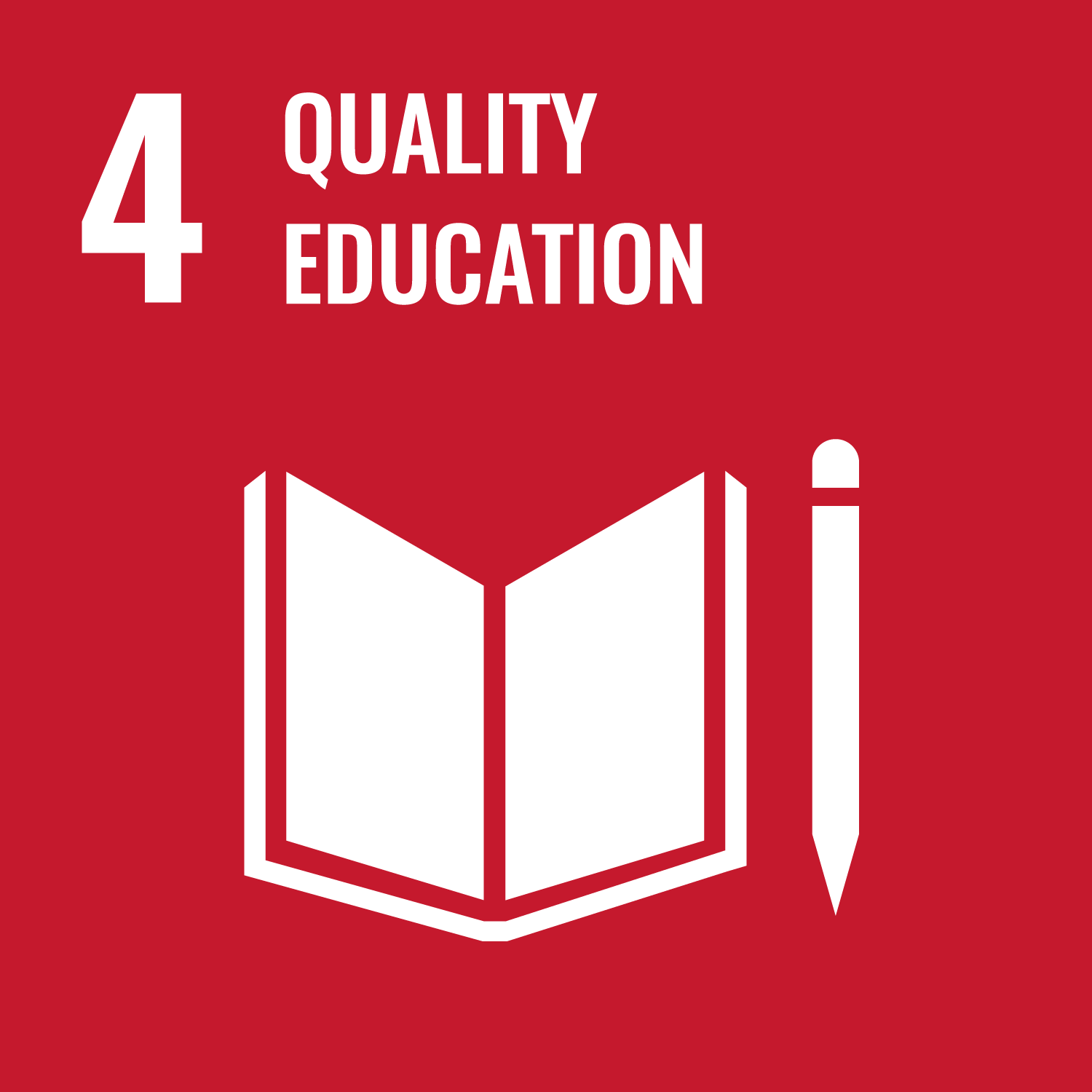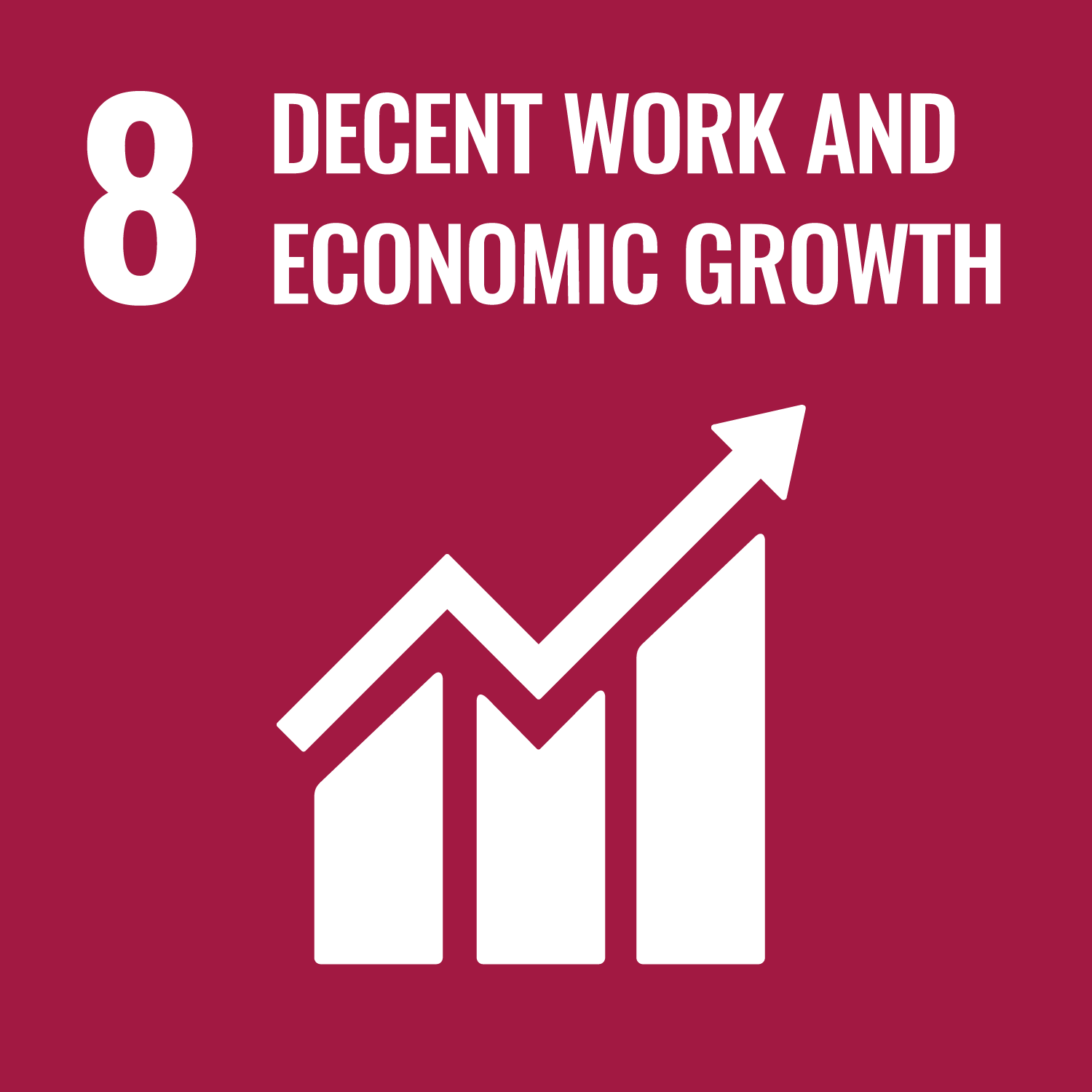DFN-MoveForward
This project is also known as Think Forward
Aligned SDGs


General overview
Stage of development: Complete
Policy sector: Employment and training
Date outcomes contract signed: Sep 2018
Start date of service provision: Sep 2018
Anticipated completion date: May 2024
Capital raised (minimum): GBP 450k (USD 600.38k)
Max potential outcome payment: GBP 1.68m
Service users: 358 individuals
Intervention
The programme will be supported within a framework of one-to-one coaching and action planning and will include access to relevant Careers IAG; exposures to the world of work through insight days and work shadowing; volunteering; employability skills training through business mentoring programme, supported work placements and workshops, opportunities to engage in internships through a partnership with Project SEARCH and direct support into full time paid employment
Target population
The programme works with young people aged 14-25 with mild to moderate learning disabilities such as cognitive impairment and communication and interaction difficulties.
Location
Country
- United Kingdom
Service delivery locations
- London
- West Midlands
- Kent
Involved organisations
Configuration of contracting parties:
- Intermediated contract with payments made through SPV (members nominated by investor)
Commissioners/outcome payers
Service Providers
Investors
Outcome metrics
- Metric 1: Young people are enrolled onto the DFN-MoveForward programme
- Metric 2: 4+ workplace activities undertaken
- Metric 3: Attainment of work skills qualification
- Metric 4: Entry Into Work – trigger will be achieved after 3 months in paid work of more than 16 hours per week
Results
DFN MoveForward started delivering services in September 2018 and finished in May 2024.
Outcome achievements
Overall target is based on the high case scenario defined in the Life Chances Fund Final Award Offer or Variation Agreements.
The graph above shows interim results for the project’s outcome achievements. Each bar represents a key participant outcome or metrics. Each metric is detailed above the graph (under the ‘Outcome metrics’ section of this page). Users can hover over the bars to access data on the expectations and achievements for that particular metric. Labels at the top of the bar represent the overall expectations for specific metrics, for the entire life of the project. The coloured section of the bar represents the project’s achievements so far.
Each bar takes the unit of analysis of the metric (if the metric is measured in number of individuals, the bar graph is representing individuals achieving that metric. If the metric is measured in weeks, the bar graph is representing weeks).
A note on targets (or expectations): the graph above shows the latest targets for the project. These targets are based on the best-case scenario expectations for every project. These targets may be different from the targets set at the start, as projects adapt to unexpected challenges or changes in circumstances. In addition, these targets could also work as a ‘cap’ for payments. We offer these parameters as a reference on outcome achievement projections. If projects are under implementation, they are not expected to have achieved any of these targets yet.
The service porvider's comment on the graph:
'The programme initially aimed to enrol 297 young people over five years, but adjustments were made due to age considerations, reducing the target to 272 in the fourth year with agreement from the SIB Governance Committee.
Securing sustained, quality employment for these young people was the programme's ultimate goal. Economic and employment market uncertainties and the pandemic severely impacted outcomes including the suspension of Supported Internships on which job outcome targets had been based, posing challenges for employment placement.
Coaches facilitated work-readiness activities throughout the programme but the pandemic contributed significantly to the level of one to one interventions required just to bring young people back to pre-pandemic levels of confidence and work readiness. This impacted on the speed of work readiness of those young people by extending the work required to support them.
The pandemic disrupted outcome delivery, especially with job-related outcomes becoming notably harder to realise. Despite this, overall outcome targets were unchanged, failing to account for lost time. Expectations of achieving the outcome metrics should have been managed downwards earlier with the SIB governance committee.
For some individuals with special needs, the 16-hour employment target has proved unachievable, especially where there is an impact on the benefit package accessed by the family. This can create a disincentive to be employed. For some, part time work is better suited their capacity, accommodating education pursuits alongside employment.
To support our understanding of the programme’s overall impact, ThinkForward commissioned qualitative research with commissioners, parents, employers, and young people. This included the conclusion that the programme created the best conditions for positive transitions for young people and their families. ThinkForward commissioned a Social Return on Investment model which has defined a promising ratio of £2.75 return for every £1 invested.'
Outcome payments
The graph above shows interim outcome payment results. The x-axis displays the years since the start date of the project to the anticipated completion date. The y-axis represents the value of the payments for outcomes realised by participants in the programme. The aim of this graph is to enable users to compare the initial expectations of the project against the actual value of the outcomes that were achieved.
The dotted lines represent the different plans that projects had at different moments- labelled as ‘Plans’ in the key. The data for these dotted lines (or single dotted line) comes from the outcome payment profiles that projects shared with the commissioners and their values represent expectations according to 'best-case scenarios' (if projects achieved as many outcomes as possible). There are different dotted lines as projects can renegotiate their payment plans as they face changes that affect delivery (such as the COVID pandemic) or adjust their expectations during the life of the project. Each dotted line is made of a set of points. Each point represents a quarter. Users can hover over those points and access data on the expectations for that quarter.
The solid line shows the outcome payments that the project already claimed and received- labelled as ‘Actual’ in the key. Squared points on the 'Actual' line indicate that the payment for that quarter was a COVID-19 medium-scenario grant. This was one of the temporary funding options offered to projects during the COVID-19 pandemic (this included activity payments based on projected medium-case performance scenarios). On the top-right corner, the ‘Plans’ and ‘Actual’ lines can be selected and deselected to change which lines appear in the graph.
A note on the representation of different payment profiles (or plans): when Life Chances Fund projects reprofile their payment plans, they use a template provided by the National Lottery Fund. When they complete data for the past quarters, some projects preferred to leave those cells blank, other preferred to repeat the previous expectations and other decided to complete those cells with data from actual payments. To avoid confusions around these different criteria, we start representing a plan from the moment when the plan is valid.
The service porvider's comment on the graph:
'The payment per outcome was based on other rate cards in use at the time which included ThinkForward’s original social impact bond. ThinkForward also drew on the results of a cost benefit analysis which assessed programme costs per outcome to maximise delivery efficiency.
Where possible, coaches continued to attempt to deliver outcomes during the pandemic, but commissioners recognised that outcomes would be severely curtailed. The positive result of this was that commissioners agreed for this period to payments for activities, rather than outcomes, providing income which would have otherwise resulted in the closure of the programme. However, as both commissioners’ funding is capped, the result of this was that less funding was then available for outcomes the pandemic was over. The cashflow model had to be revised in the last two years of the programme to make the best use of the funds still available. Reprofiling exercises in 2022 and 2023 reduced all outcomes and especially employment outcomes.'
Powered by SyROCCo SyROCCo reports
The following articles are taken from the Systematic Review of Outcomes Contracts Collaboration (SyROCCo) Machine Learning tool.
The tool is a collaboration between the Government Outcomes Lab and machine learning experts from the University of Warwick, that allows you to navigate and explore data extracted from nearly 2000 academic and grey literature publications related to outcomes-based contracting.
Spreadsheet of data
Important Notice and Disclaimer on INDIGO Data
INDIGO data are shared for research and policy analysis purposes. INDIGO data can be used to support a range of insights, for example, to understand the social outcomes that projects aim to improve, the network of organisations across projects, trends, scales, timelines and summary information. The collaborative system by which we collect, process, and share data is designed to advance data-sharing norms, harmonise data definitions and improve data use. These data are NOT shared for auditing, investment, or legal purposes. Please independently verify any data that you might use in decision making. We provide no guarantees or assurances as to the quality of these data. Data may be inaccurate, incomplete, inconsistent, and/or not current for various reasons: INDIGO is a collaborative and iterative initiative that mostly relies on projects all over the world volunteering to share their data. We have a system for processing information and try to attribute data to named sources, but we do not audit, cross-check, or verify all information provided to us. It takes time and resources to share data, which may not have been included in a project’s budget. Many of the projects are ongoing and timely updates may not be available. Different people may have different interpretations of data items and definitions. Even when data are high quality, interpretation or generalisation to different contexts may not be possible and/or requires additional information and/or expertise. Help us improve our data quality: email us at indigo@bsg.ox.ac.uk if you have data on new projects, changes or performance updates on current projects, clarifications or corrections on our data, and/or confidentiality or sensitivity notices. Please also give input via the INDIGO Data Definitions Improvement Tool and INDIGO Feedback Questionnaire.